I'm trying to create a piecewise linear interpolation routine and I'm pretty new to all of this so I'm very uncertain of what needs to be done.
I've generate a set of data points in 3D which gives variation in all 3 directions. I want to interpolate between these data points and plot in 3D.
The current data set is much smaller than the final one will be. Linear interpolation is important.
here's the current code
import numpy as np
import matplotlib.pyplot as plt
from mpl_toolkits.mplot3d import Axes3D
import scipy.interpolate as interp
x = np.linspace(-1.3,1.3,10)
y1 = np.linspace(.5,0.,5)
y2 = np.linspace(0.,.5,5)
y = np.hstack((y1,y2))
z1 = np.linspace(.1,0.,5)
z2 = np.linspace(0.,.1,5)
z = np.hstack((z1,z2))
data = np.dstack([x,y,z])
fig = plt.figure()
ax = fig.add_subplot(111, projection='3d')
f = interp.interp2d(x, y, z, kind='linear')
xnew = np.linspace(-1.3,1.3,100)
y1new = np.linspace(.5,0.,50)
y2new = np.linspace(0.,.5,50)
ynew = np.hstack((y1new,y2new))
znew = f(xnew,ynew)
ax.plot(x,y,znew, 'b-')
ax.scatter(x,y,z,'ro')
plt.show()
As I said, dataset is just to add variation. The real set will be much bigger but have less variation. I don't really understand the interpolation tool and the scipy documentation isn't very clear
would appreciate suggestions
